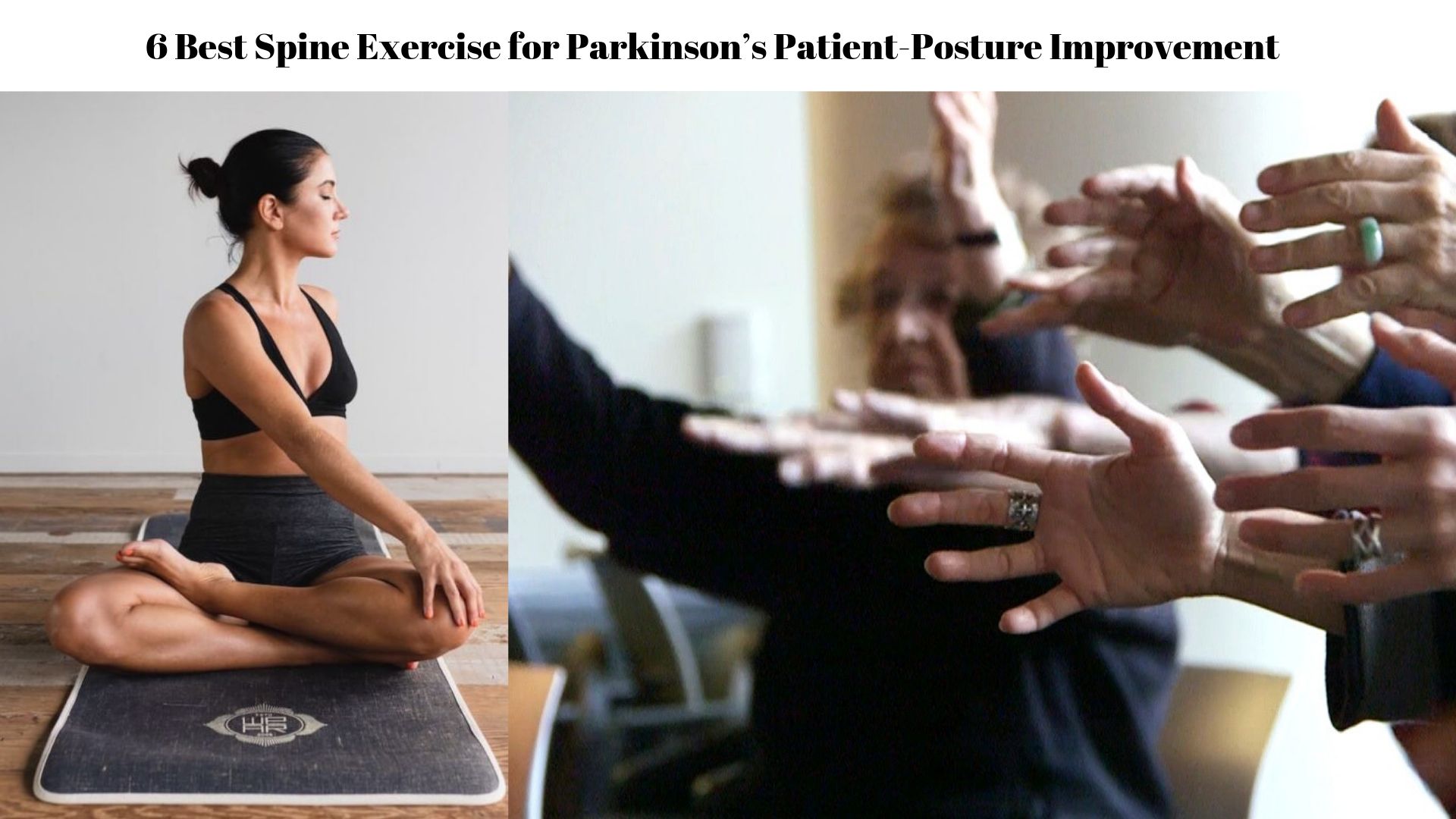6 Best Spine Exercise for Parkinson’s Patient-Posture Improvement
Parkinson’s disease adversely affects Parkinson’s patient movement. The Person gets the problem when certain nerve cells in the brain called the basal ganglia and Substania Nigra progressively degenerate, as a result, the amount of DA available for neurotransmission in the corpus striatum is lowered. These nerve cells make a vital chemical called Dopamine. Dopamine sends signals to the part of your brain which controls movement. Today, we discuss Best Spine Exercise for Parkinson’s Patient-Posture Improvement. These exercise tips help patient to improve body posture.
Caution: Before practicing exercise, take guidance from physical therapist for safety purpose. Parkinson’s patient should practice the exercise ON-PHASE time.
Gradually Parkinson’s people face many problems, such as :
- Slowness in the body movement
- Rigid muscles
- Speech may be garbled
- Tremor, which begins in a limb, often in the individual’s hand or finger.
- Not able to write or handwriting changes.
Not only medicine helps out this problem, but also a better diet and a healthy lifestyle help to resolve many physical problems of Parkinson’s patients. Today, we have discussed home remedies which help you out your problem gradually.
Music therapy, which is an effective way to bring the rhythm in your body and mind. Simple rhythmic movements around a room, that helps the patient gradually shifting one foot to the other. Listen to music such as listening chants, playing, moving to music, singing helps to improve toleration, strength, hand coordination.
Specially meditation helps to improve relaxation of mind, which Parkinson’s patient practice
Learn more: 11 Top Hand Exercise for Parkinson Patients
Yoga practices are an ideal mode of exercise of Parkinson’s patients to improve the body movements. Parkinson disease which creates a loss of motility of facial muscles, as a result, the Parkinson ’s patient gives monotonous expression. So, yoga could aid in relaxing those muscles and bring a smile to the face of the patients. Let’s discuss about spine exercise for Parkinson’s patient for posture improvement.
Follow 6 Best Spine Exercise for Parkinson’s Patient-Posture Improvement
Extension & Flexion
- First, you place both your hands on your knees and inhale as your chest and abdomen move forward, exhale as you do me the spine and contract the belly area. Then follow the same step to alternate 2 to 3 minutes.
Twists with hands on shoulders (Twist right & Left)
2. Inhale center and exhale as you rotate your chest to each side. Continue until the strong muscles in the sides of your waist feel warm and awake.
Movement of the spine
3. First, you release one hand down & expand your top arm as you turn your face down toward the lower shoulder, and take 3 long deep breaths. Make sure you come up to center slowly on an inhalation. Repeat the same on another side.
4. Elbow kayaks: First Interlace your fingers behind your head, Pressing your head lightly into your hands; “paddle” your elbows forward and back, one at a time, as though you are kayaking and your elbows are your oars, enjoying a deep side-body opening and smoother mobility in the shoulders as you move.
5. From a steady standing position or seated in a chair, lightly inhale in (about one-third of your inhale capacity) as you move your arms upward direction and cross at your wrists. Then inhale again, reaching about two-thirds of your inhale capacity as you swing your arms down then out wide like an orchestra conductor.
Then inhale in again, to your capacity, as you swing arms back to the crossed wrist position. Breathe out (through your mouth or your nose)* as you sweep your arms down and back past your sides, bend your knees, and slightly bend forward. Repetition this process five or more times, using the momentum of each movement to take you to the next, and feel how the swinging starts to become natural and invigorating.
6. Leg Swings
First, swing your one leg forward and back while you stand, catching and then holding under the knee for three breaths. Use support if the patient needed for balance. Repeat three rounds on each side.





